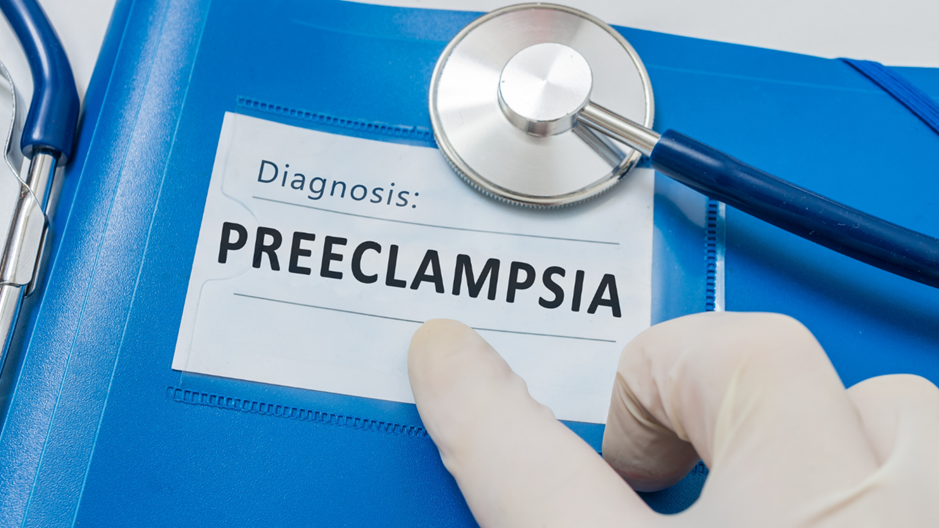
Pregnancy is an exciting and magical journey, but it can also bring about challenges and health complications. One such complication is preeclampsia, which affects pregnant women. It's essential to be aware of the signs and symptoms of this potentially dangerous condition and know when it's necessary to seek medical help. In this article, we'll dive into the indicators of preeclampsia and discuss the importance of proper nutrition as part of a balanced diet during pregnancy.
What is Preeclampsia?
Preeclampsia is a pregnancy disorder characterized by high blood pressure and damage to various organ systems, particularly the liver, and kidneys. It usually occurs after the 20th week of pregnancy and can even occur after delivery. If left untreated, preeclampsia can lead to severe complications for mother and baby, such as premature birth, low birth weight, placental abruption, and in extreme cases, maternal and infant death.
Signs and Symptoms
Knowing the signs and symptoms of preeclampsia is vital for early detection and timely treatment. Some of the most common symptoms include:
- High blood pressure – A persistent increase in blood pressure above 140/90 mm Hg or higher is a primary indicator of preeclampsia.
- Protein in urine – A urine test can reveal elevated protein levels, another significant sign of preeclampsia.
- Swelling (edema) – Sudden and excessive swelling in the hands, face, and around the eyes can be a cause for concern.
- Headaches – Persistent, severe headaches that aren't relieved by pain medication may indicate preeclampsia.
- Visual disturbances – Blurry vision, seeing spots or temporary loss of vision can be signs of preeclampsia.
- Upper abdominal pain – Sharp, severe pain in the upper right part of the abdomen could signal liver problems related to preeclampsia.
- Difficulty breathing – Shortness of breath, rapid breathing, and feeling suffocated may also occur.
- Nausea or vomiting – Sudden, unexplained nausea or vomiting, especially in the third trimester, could be a sign of preeclampsia.
If you experience any of these symptoms, contact your healthcare provider immediately.
Treatment and Prevention
Treating preeclampsia depends on the severity of the condition and how far along you are in your pregnancy. In moderate to severe cases, your healthcare provider may recommend hospitalization for closer monitoring and possible delivery if necessary.
While there is no surefire way to prevent preeclampsia, maintaining a healthy lifestyle before and during pregnancy can decrease the risk factors. Eating a well-balanced diet, including protein powder for pregnant women, can provide essential nutrients needed for a healthy pregnancy. Regular prenatal check-ups and monitoring blood pressure are crucial in catching the signs of preeclampsia and preventing potential problems.
It's also important to stay informed about the warning signs of preeclampsia so that you can seek medical help immediately if needed. Preeclampsia is a serious condition that should not be taken lightly, so if you experience any of the symptoms mentioned above, call your doctor right away. Early detection and treatment are essential for a safe delivery and a healthy baby.
To Sum Up
We hope this article has helped to shed light on the signs and symptoms of preeclampsia. Remember that DHA for pregnancy, along with regular prenatal check-ups and monitoring your blood pressure, can help reduce the risk of preeclampsia. Also, if you experience any of the signs or symptoms associated with preeclampsia, it's best to seek medical help right away. With proper care and attention, you can have a safe and healthy pregnancy. Good luck!
